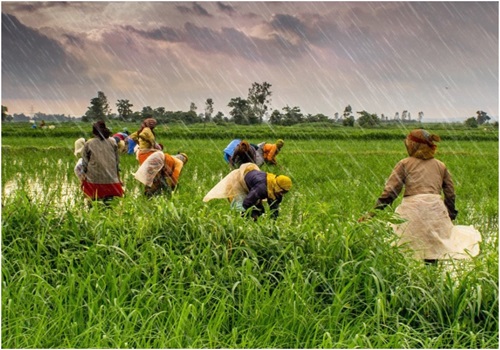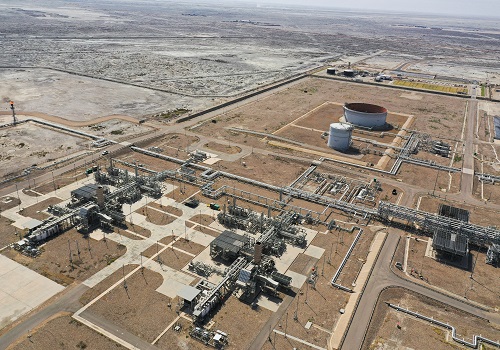Area under kharif crop increases to Rs 1,065 lakh hectares amid better monsoon

The area sown under kharif crop in the country has gone up to 1,065 lakh hectares so far this year compared to 1,044.85 lakh hectares in the same period last year on the back of better monsoon rains, data released by the Ministry of Agriculture and Farmers Welfare on Tuesday showed.
The increase of 20.15 lakh hectares in sown area is expected to lead to higher production and incomes for farmers and help to keep food inflation in check.
The official figures show that the area under paddy (rice) has increased to 394.28 lakh hectares this year compared to 378.04 lakh hectares during the corresponding period last year. The area under pulses has been reported at 122.16 lakh hectares as compared to 115.55 lakh hectares during the corresponding period of last year. Similarly, the area covered under coarse cereals or millets such as jowar, bajra and ragi has risen to 185.51 lakh hectares from 177.50 lakh hectares during the corresponding period of last year.
There has also been an increase in the area sown under oilseeds to 188.37 lakh hectares compared to 187.36 lakh hectares during the corresponding period of last year.
The sown area has gone up in the current season as better monsoon rains have facilitated the sowing in unirrigated areas of the country which account for close to 50 per cent of the country’s farmland.
The agriculture sector is expected to get a further boost as Finance Minister Niramala Sitharaman has announced an outlay of Rs 1.52 lakh crore in Budget 2024-25 to increase production and resilience in the agriculture and allied sectors. The measures unveiled to enhance productivity and resilience in the agriculture sector include Digital Public Infrastructure, ‘atmanirbharta’ for oil seeds and large-scale clusters for vegetable production.
Sitharaman said that a strategy is being put in place to achieve ‘atmanirbharta’ for oil seeds such as mustard, groundnut, sesame, soybean, and sunflower as the government will strengthen their production, storage, and marketing. The Finance Minister further stated that large-scale clusters for vegetable production will be developed closer to major consumption centres. The government will promote Farmer-Producer Organizations, cooperatives and start-ups for vegetable supply chains including for collection, storage, and marketing of the products. The government also announced higher Minimum Support Prices a month ago for all major crops, delivering on the promise of at least a 50 per cent margin over costs.
























